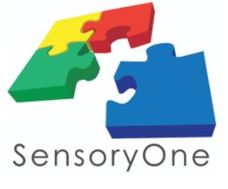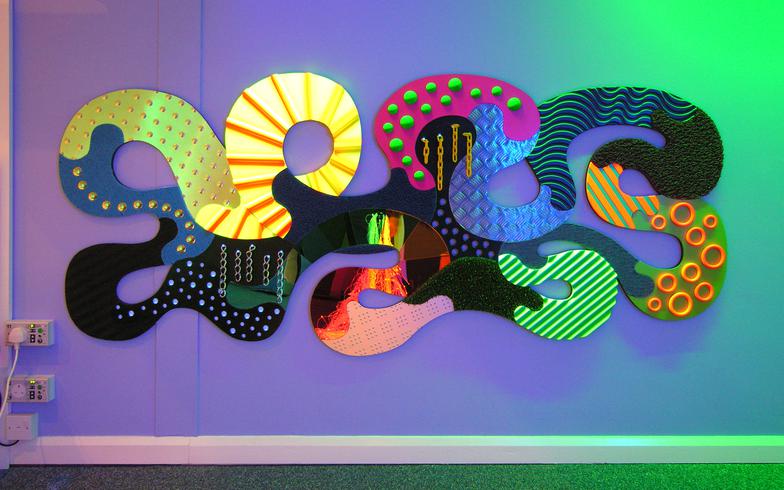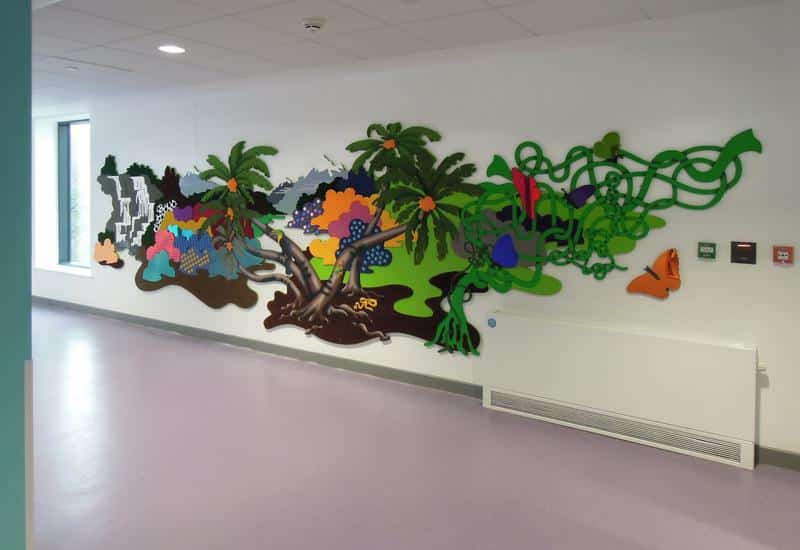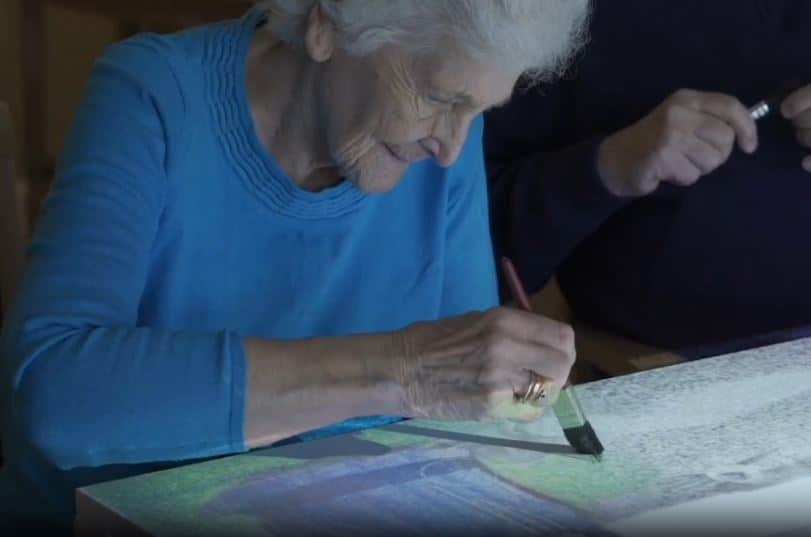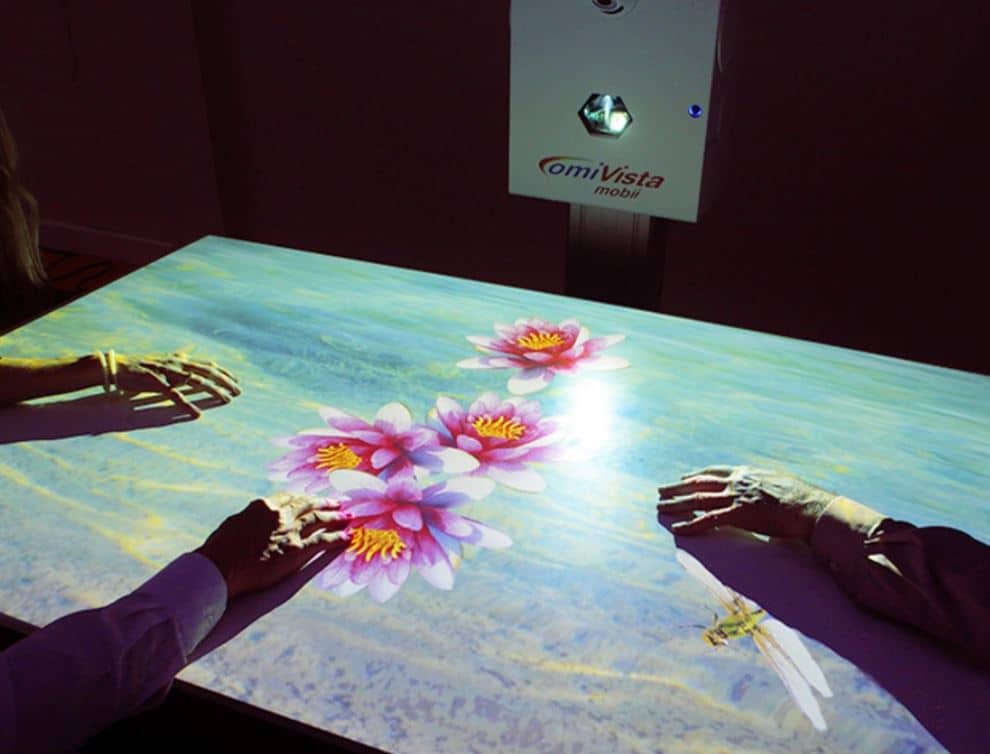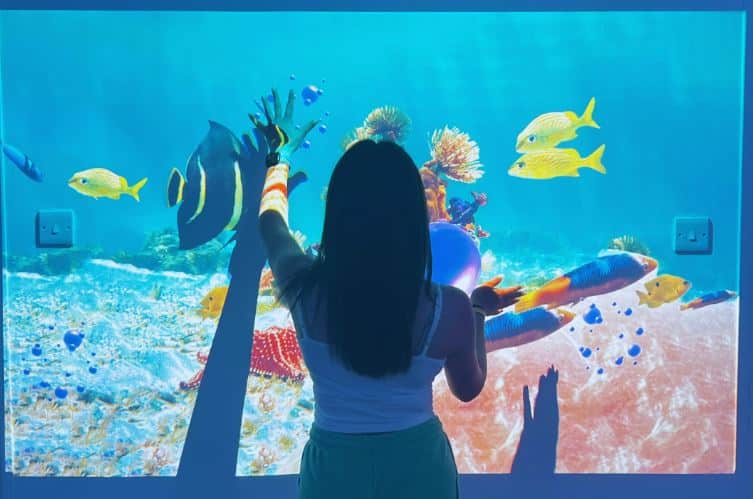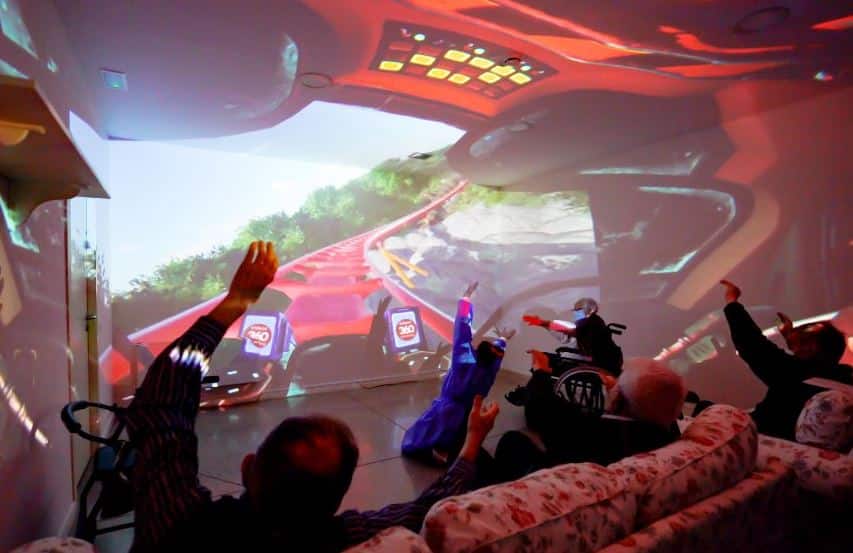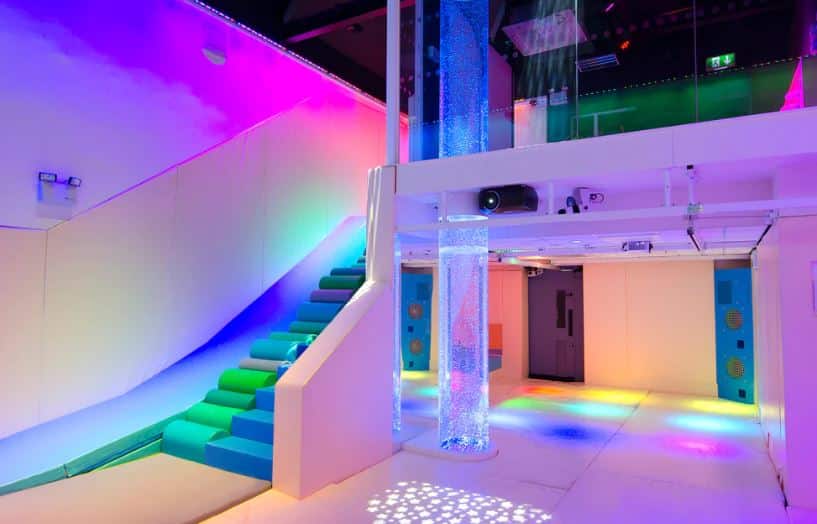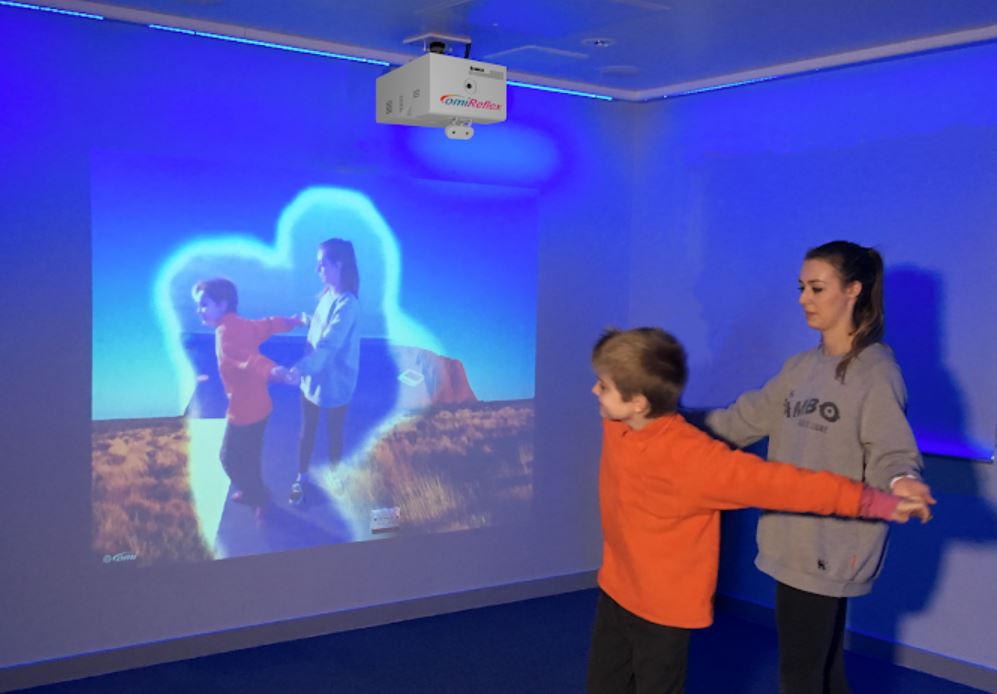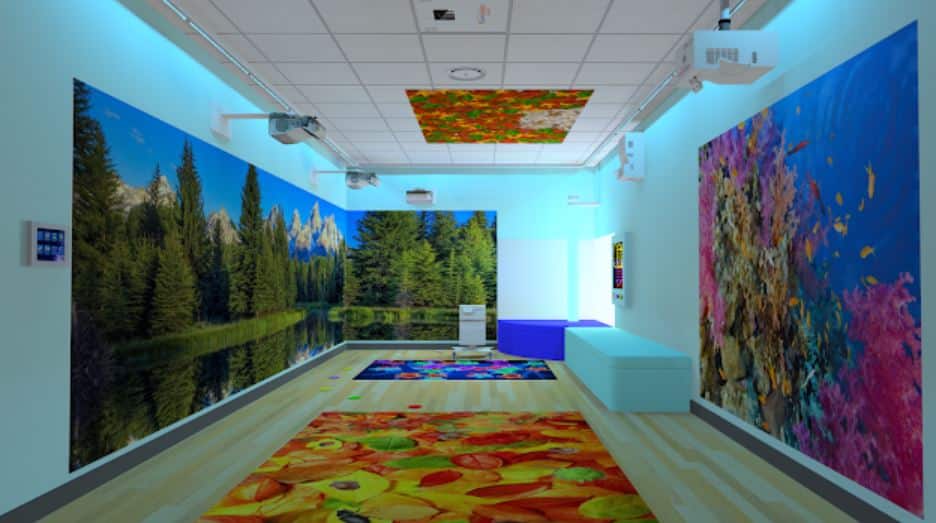In the realm of contemporary interior design, sensorial wall murals are not merely decorative accents but exquisite works of art that redefine spaces with their blend of aesthetics and tactile engagement. Picture walls that beckon not just visually but through touch, inviting interaction and adding a new dimension to interior spaces. These customized creations exemplify the intersection of functionality and artistic expression, surpassing traditional decor to offer a truly immersive experience.
Crafting Sensorial Murals: A Fusion of Artistry and Technology
Crafted with meticulous attention to detail and utilizing advanced materials and techniques, each sensorial wall mural is a testament to innovation. They are bespoke creations tailored to fit any space and aesthetic preference. Whether you envision a serene landscape with textured surfaces that mimic natural elements or a vibrant abstract design that stimulates the senses, the versatility and customization options are boundless.
The Benefits of Tactile Engagement
1. Enhanced Sensory Experience: Unlike conventional wall art, sensorial murals offer a tactile journey. From smooth to textured surfaces, they engage the sense of touch, creating a multisensory encounter that captivates and delights.
2. Accessibility and Inclusivity: Particularly in settings like residential care homes, where sensory stimulation can significantly impact quality of life, tactile murals play a crucial role. They cater to diverse sensory needs, providing a therapeutic and inclusive environment for residents.
3. Aesthetic Appeal and Functional Design: Beyond their tactile benefits, these murals serve as striking visual elements that elevate the ambiance of any space. They can be focal points that enhance the overall design scheme, combining beauty with functionality seamlessly.
Applications in Interior and Architectural Design
Research shows tactile touch stimulates cognitive function and combined with artistic design, their many benefits are making them sought after in a host of settings. Sensorial tactile murals thus find versatile applications across various settings, including:
1. Residential Care Homes:
- Common Areas: Transform communal spaces into comforting retreats with murals that soothe and engage residents.
- Activity Rooms: Foster creativity and cognitive stimulation with designs that encourage interaction and exploration.
- Quiet Areas: Create serene environments that promote relaxation and well-being.
2. Commercial and Public Spaces:
- Healthcare Facilities: Enhance healing environments with murals that provide visual and tactile comfort for patients and visitors alike.
- Educational Institutions: Support sensory development and learning through engaging murals in classrooms and recreational areas.
- Corporate Offices: Inspire creativity and productivity with murals that reflect company values and culture.
3. Hospitality and Retail Settings:
- Hotels and Resorts: Elevate guest experiences with murals that evoke local culture or natural landscapes, enhancing the overall ambiance.
- Retail Stores: Create immersive shopping experiences that captivate customers and drive engagement through sensory-rich environments.
Customization: Tailored to Your Vision
The hallmark of sensorial murals lies in their customization capabilities. From dimensions to textures, colors to themes, every aspect can be personalized to harmonize with the unique characteristics of each space and the preferences of its inhabitants. Collaborate with skilled artisans and designers to translate your vision into a bespoke mural that not only fits but enhances your environment.
Embracing Innovation in Interior Design
In a landscape where innovation drives progress, sensorial murals stand out as pioneers of modern interior design. They represent a seamless integration of artistry and technological advancement, transforming walls into dynamic canvases that stimulate the senses and inspire creativity. Whether you seek to enhance a care home environment with therapeutic murals or uplift a corporate space with captivating designs, sensorial murals offer a transformative solution.
In summary, sensorial wall murals are not mere adornments but powerful statements that enrich interior spaces with elegance and sensory allure. Embrace the tactile sophistication they bring and embark on a journey where design meets sensory delight. Explore the endless possibilities of customization and witness firsthand how these murals can elevate your environment, turning every wall into a masterpiece waiting to be discovered.
Experience the artistry of sensorial murals today and embark on a journey where design meets sensory delight. For inquiries or to initiate your customization process, contact us to bring your vision to life. Let your walls speak volumes with tactile elegance and artistic allure that only sensorial murals can provide.

